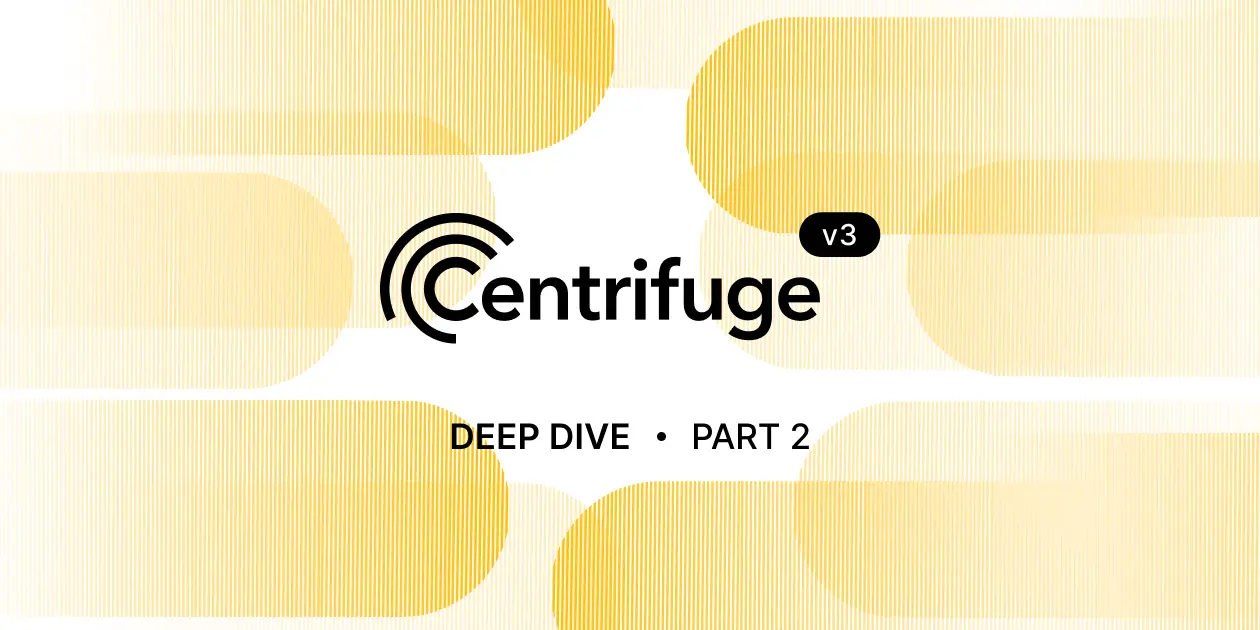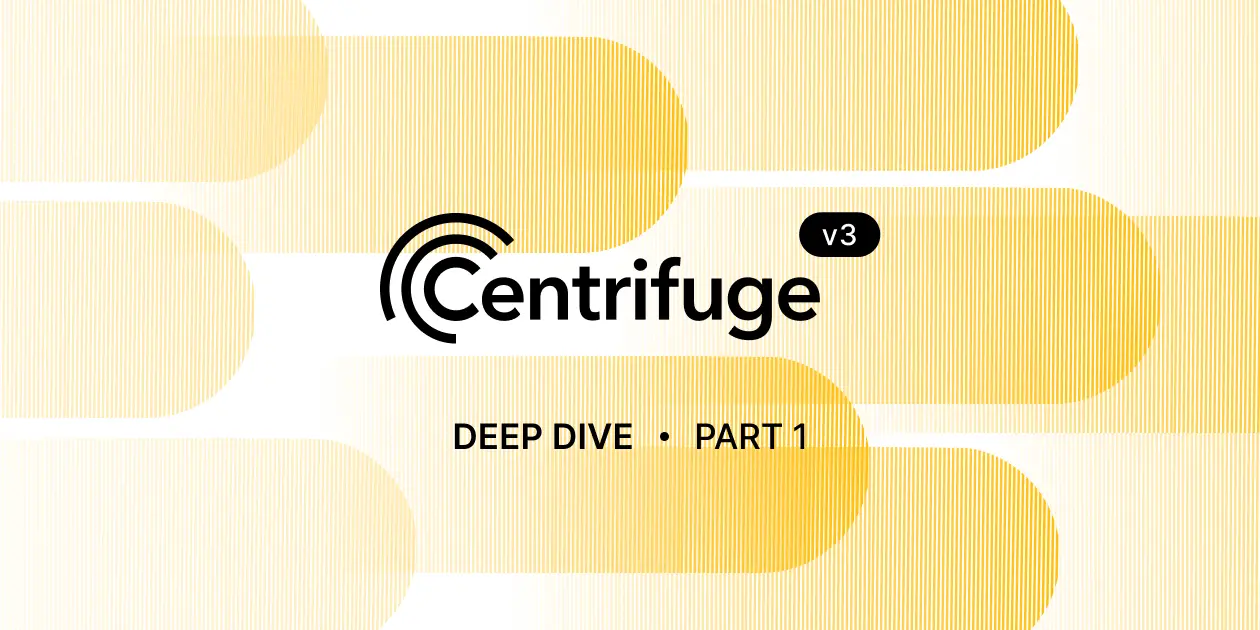Centrifuge V3: Balancing Institutional Trust with DeFi Composability

As part of our Centrifuge V3 Interview Series, we sat down with Frederik Gartenmeister (Head of Product) and Jeroen Offerijns (CTO) to unpack one of the key design challenges in onchain asset management: building infrastructure that meets institutional standards without sacrificing DeFi-native composability.
This article takes a deeper look at how Centrifuge V3 reconciles two very different sets of needs in a single protocol, and why that duality is core to its architecture.
Designing for two extremes
Institutional adoption demands rigorous structures: permission controls, auditability, legal wrappers, compliance hooks. DeFi builders, by contrast, expect open, composable, modular infrastructure they can permissionlessly plug into.
With Centrifuge V3, the goal wasn’t to compromise. It was to make both possible.
{{call-out-quote}}
The protocol’s design achieves this by segmenting constraints through modular components. Want to enforce KYC for all investors? You can. Want to deploy a DeFi-native vault with oracle-based pricing and instant mints? That works too: same rails, different configuration.
Composable by default, not exception
The foundation of Centrifuge V3 is a composable asset management stack: ERC-20 compatible shares, ERC-7540 tokenized fund primitives, standardized interfaces for valuations, permissions, capital flows, and data reporting.
“We’ve seen institutional managers launch funds that require strict investor onboarding, custom compliance, and daily reporting,” said Jeroen. “And at the same time, we’ve seen DAOs spin up vault strategies that are completely permissionless and DeFi-native, using the exact same protocol.”
What enables this is not just modularity, but abstraction. V3 abstracts asset management logic from chain specifics and lets builders slot in components: valuation oracles, share classes, capital buffers, fee models, investor registries.
This means developers don’t need to rewrite core fund mechanics every time they build something new. Instead, they extend what’s already there — or replace what doesn’t fit.
ERC-7540 and why standards matter
Tokenizing assets isn’t hard anymore. Making them work across DeFi protocols is.
That’s why Centrifuge V3 leans heavily on ERC-7540, the emerging standard for composable fund shares, and has contributed to its evolution.
“Composability isn’t a buzzword for us, it’s the foundation,” said Frederik. “Institutions can launch a fund that’s fully DeFi-integrated from day one. And DeFi builders can add real-world assets into their protocols like they would any other token.”
7540-compliant fund shares inherit ERC-20 behavior by design, which means they can be deposited into lending protocols, used in LP strategies, or collateralized — with all fund logic still enforced under the hood.
“With ERC-7540 and the composability built into V3, we’re not just enabling interaction between two worlds,” added Jeroen. “We’re dissolving the boundary.”
Multimodal, not just multichain
Centrifuge takes the conversation step further: it’s not just about which chains are supported, it’s about what kind of strategies can run across them.
Whether launching a regulated fund on Ethereum mainnet or a yield strategy on Base, the underlying infrastructure is the same. Liquidity becomes portable, strategies become interoperable, and protocol logic stays consistent.
V3 uses native chain abstraction to allow asset managers to operate on one chain while accessing liquidity from many. And with composability built in at every layer, products launched on Centrifuge are compatible across the broader DeFi stack, by default.
Open by design
This design philosophy, permissionless where possible, permissioned where needed, makes Centrifuge V3 more than a protocol.
It’s a shared execution layer for asset management. A set of reusable primitives that let any builder, TradFi or DeFi, launch scalable, interoperable products.
“That’s the real unlock,” said Frederik. “The ability to build side by side, grow together, and ultimately expand what onchain finance can become.”
If the first generation of tokenized asset platforms were siloed systems, V3 is the opposite: open infrastructure, made to evolve.


Ready to get started?
Centrifuge’s real-world asset tokenization platform brings the full power of onchain finance to asset managers and investors.




